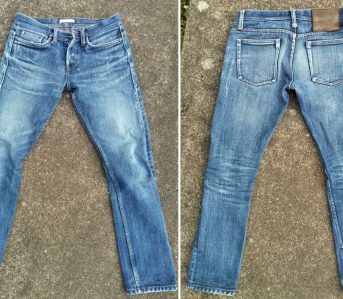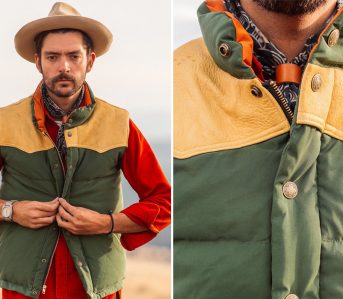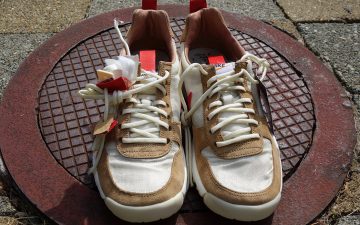Beneath the Surface is a monthly column by Robert Lim that examines the cultural side of heritage fashions.
Dear Mr. Vernon, we accept the fact that we had to sacrifice a whole Saturday in detention for whatever it was we did wrong. But we think you’re crazy to make us write an essay telling you who we think we are. You see us as you want to see us – in the simplest terms, in the most convenient definitions.
-The Breakfast Club
I went to a pop-up store for Stevenson Overall Co. in New York recently, and it was one of those late spring days in the Northeast where the temperature can drop significantly—in other words, layering season.
I decided to wear a couple of drapey pieces I generally don’t have occasion to: a long Spiritualized t-shirt (designed by Helmut Lang creative director Michael Colovos and photographer Dusan Reljin) and a super light layer from Outlier called the Unfinished Nothing. It’s basically a featherweight swath of merino that’s been cut into a hooded mutant shawl/cape. It’s simultaneously utilitarian and wildly fantastical. When worn, it has a druidic look to it.
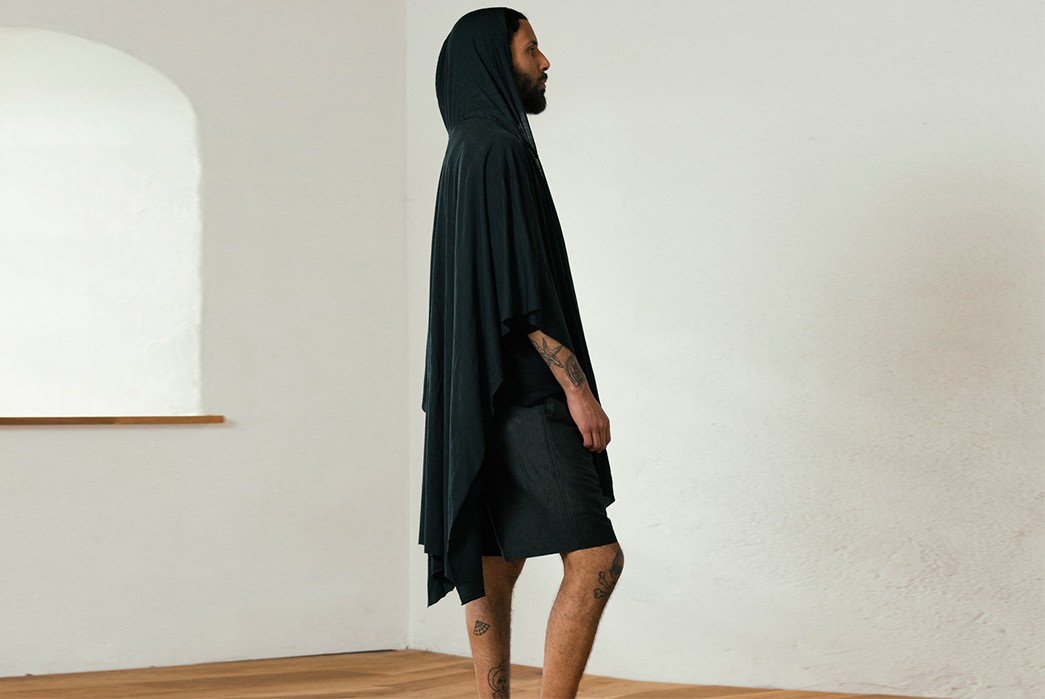
Fig.2 – Outlier’s Unfinished Nothing (via Outlier)
I can’t remember how this line of conversation started, but a friend of mine at the event remarked “I mean look at you, you’re wearing a cape! I could never pull that off!” And I should emphasize, this person is not in any way lacking in confidence in his appearance, or anything else, really. My immediate thought was ‘Why not? Just put it on, that’s all it takes.’
That specific comment—“I could never pull that off”—is one that I’ve seen and heard a lot, sometimes from people whose sense of self-presentation I similarly admire, so it got me thinking. After all, it’s not like we’re in the Fashion Olympics, getting judged by a panel of experts on a terribly difficult move that’s difficult to pull off. Or is that genuinely how many of us feel when as we contemplate our closets before we walk out the door?
The Definition of “Me”
As I’ve written about before, the definition of “me” that each of us projects is becoming increasingly more fluid—fashion as a tool, rather than a rule. I could totally see, though, how this fluidity could be perceived as a lack of confidence in oneself, or some kind of inauthenticity. This line of thinking feels pretty old school, but I ran across an expression of it literally just yesterday, in a magazine interview with sommelier Kyle Ridington: “Style, to me, is about consistency. People look at you, not at what trend you’re wearing.”
Maybe I’m reading a bit into it, but that seems to imply that there’s still a cabal of fashion elites dictating the trends for the season (no matter how ridiculous), and that we, the gullible public, eat them up like the second coming of the Emperor’s New Clothes.
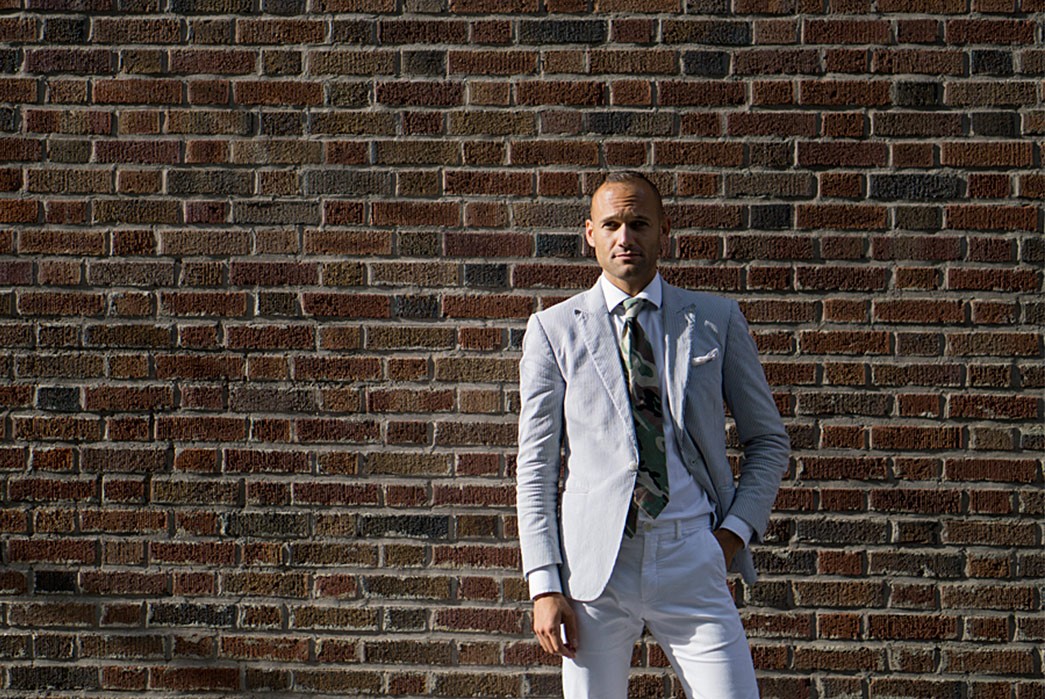
Fig. 3 – Kyle Ridington (via Of the Trade)
It’s an old-fashioned notion and completely out of touch with how street-driven fashion is. It’s hard to believe, but the online version of this piece was given the headline “Dress Like New York’s Most Stylish Sommelier.” If you want to look like your true authentic self, just dress like this guy! Not to spoil the read, but his staples are bespoke suits from Manolo Costa, made to measure shirts from Proper Cloth, and shoes from Saint Crispin’s, which hardly constitute a look that most people would want to go for, even if they were able to afford it.
At the same time, I totally hear what Ridington is saying. He wants to have a distinctive, consistent look, because he wants to project a sense of consistency and self-assurance. Yet it makes me wonder, would we be better served by being given tools to help us refine, and feel comfortable in, our own style choices, rather than being asked to aspire to a fantasy role in a magazine? I personally would prefer to run the risk of being deemed a fashion victim because I dress in clothes that appeal to me, rather than shoehorn myself into someone else’s idea of what I should look like.
Of course, the reality is that we are all projecting ourselves into a perception that is overwhelmingly shaped by societal expectations. The artist Nikki S. Lee explored this in a multi-year photographic series called Projects (1997-2001), an collection of snapshots of her assimilating into different social contexts. The names of the “projects” gives you a sense of the stereotypes she explored: Hispanic culture, hip-hop, tourists, schoolgirls, yuppies. Each of these played into some kind of category with a defined meaning in the broader culture.
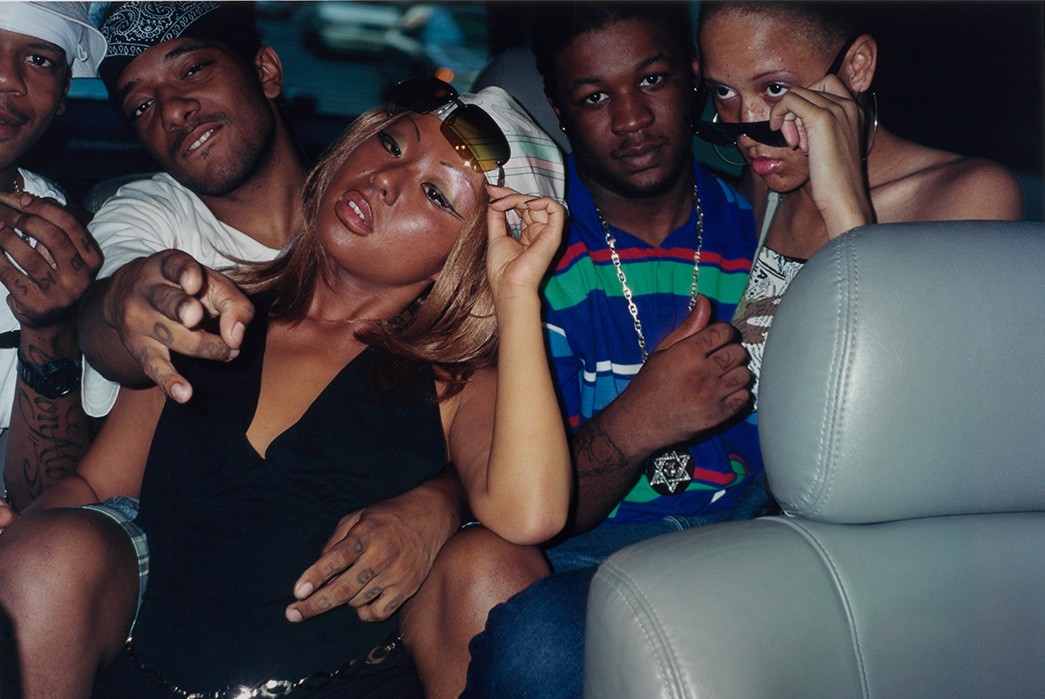
Fig. 4 – Nikki S. Lee, The Hip Hop Project (via the Guggenheim Museum)
The key part of these photographs is Lee herself, although they always feature her with others (who presumably are authentically of that culture). In doing so, they anchor her into the concept of identity she is expressing. She’s a sort of Cindy Sherman in a culture trying to become post-racial, and this work (which pre-dated the iPhone by many years) is less about a literal visual appearance, and more about identity and perception—the mutability of identity, and how others piece it together based on external cues.
For those of us who have been defined by how we look or who we supposedly “are,” it’s powerful work. In the most compelling of these pieces, Lee often directly engages the camera, and by pulling us into the image, she makes us complicit in both the stereotype and her stated distance from it. She owns the stereotype. These images are all of her, and she’s still the same person in each, yet all the while we can’t help but see her differently depending on whom she’s with, how she’s dressed, and her body language.
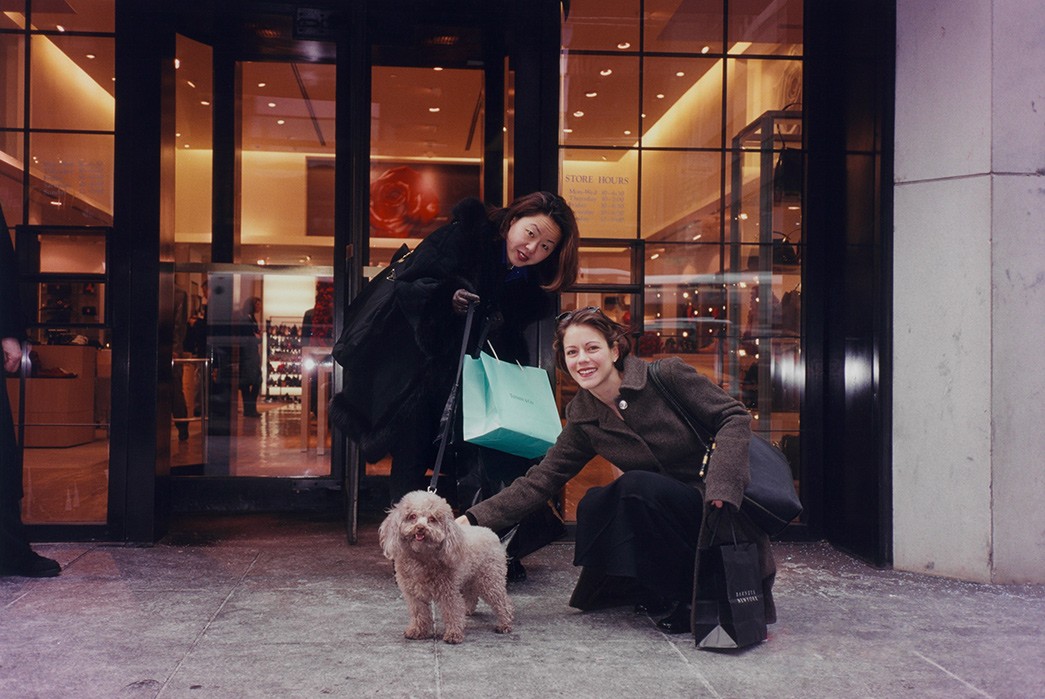
Fig. 5 – Nikki S. Lee, The Yuppie Project (via the Guggenheim Museum)
Her work reminds me of a conversation I once had with my father years ago. I can’t really remember how it started, or what it was about (work, I think), but I vividly recall him capping off a rhetorical point with “Hey, if you don’t like my shirt, I’ll change my shirt.”
In that one simple sentence, he encapsulated a lifetime of experiences—how he survived living under imperial foreign occupation, how he integrated into a new country where he wasn’t surrounded by faces that looked like his. Sometimes knowing how to blend in is a survival skill, a mask we put over our face.
What We Put On, What’s Put On Us
Masks are useful, and necessary sometimes. But what happens if you take off your mask to reveal your face and the mask is still all people see? That brings me around to the Supreme box logo. I bought my first Supreme box logo sweatshirt (a screenprinted crewneck) in 2008.
They weren’t nearly as hyped as they are now, and it’s probably worth talking about why people initially respected Supreme sweatshirts in the first place. It’s because they’re mostly produced by a Canadian company called CYC, who make fleeces using techniques (such as crossgrain/reverse weaving) pioneered by Champion in the mid-twentieth century. Although time-consuming, these techniques contributed to the durability and comfort of the finished product.
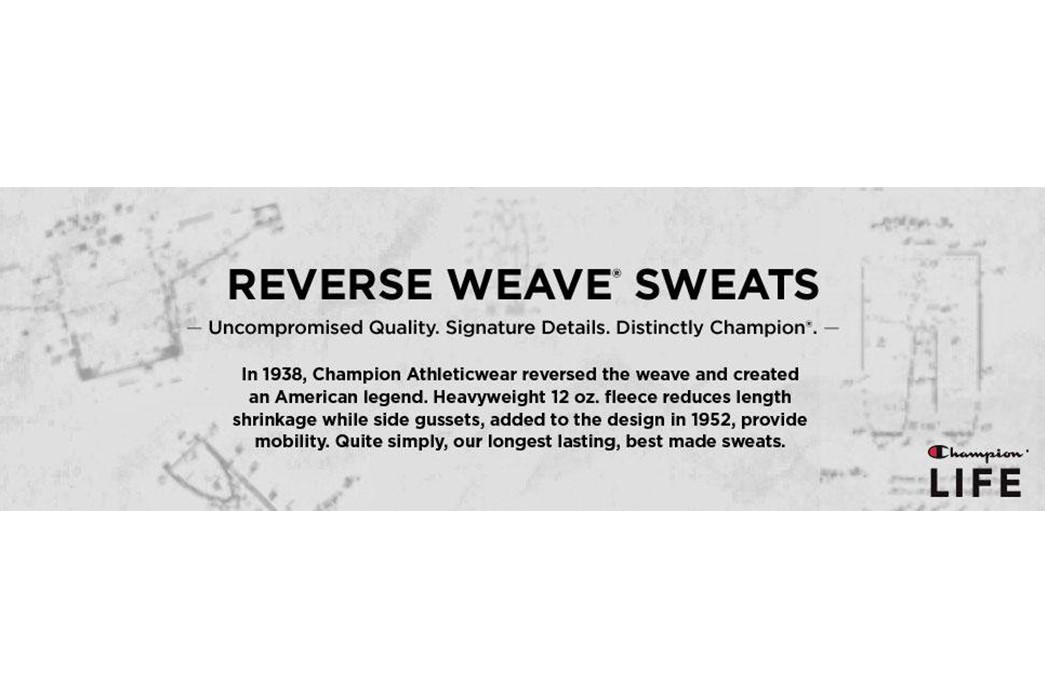
Fig. 6 – Champion Reverse Weaving (and other innovations utilized in Supreme’s CYC-made sweatshirts (via Amazon)
This level of care and sense of history wasn’t that common back then, and therefore it appealed to the burgeoning group of menswear enthusiasts who congregated on fashion forums such as superfuture. Combined with Supreme’s graphic sensibility at the time, it was an appealing mix for me and others. My crewneck was grey on black and I’m still blown away by how powerful and iconic the logo is.
In my mind, there’s no point in buying something if you’re not going to wear it, so wear it I did. I noticed that people would have really strong negative reactions. In particular, the store owner of a now-closed boutique that specialized in a very specific UK street style really gave me a hard time about it back then. Even a few years ago, an acquaintance who managed a store I frequented often was just relentlessly sarcastic about it. The level of hostility was quite remarkable.
It wasn’t really a big deal, but I think it has to do with the power of Supreme branding, and its ballooning popularity. And I get it—if you work in downtown Manhattan clothing retail, I can easily imagine being sort of over it. It’s also worth remembering that wearing a logo anything is basically paying to advertise it, even if you are, perhaps, also trying to draft on the cachet of that brand, which could also explain the negative sentiment I received.
I once read an account of someone who, in an experiment, drove at exactly the speed limit for one month on the New Jersey Turnpike. It sounds innocuous, but apparently it was an affront to the shared values of Garden Staters, who aren’t that afraid of expressing themselves. It was so harrowing, ultimately, that he almost had a nervous breakdown. I can’t wear a box logo sweatshirt everyday for a month in the city, but I imagine it might just be a comparable experience.
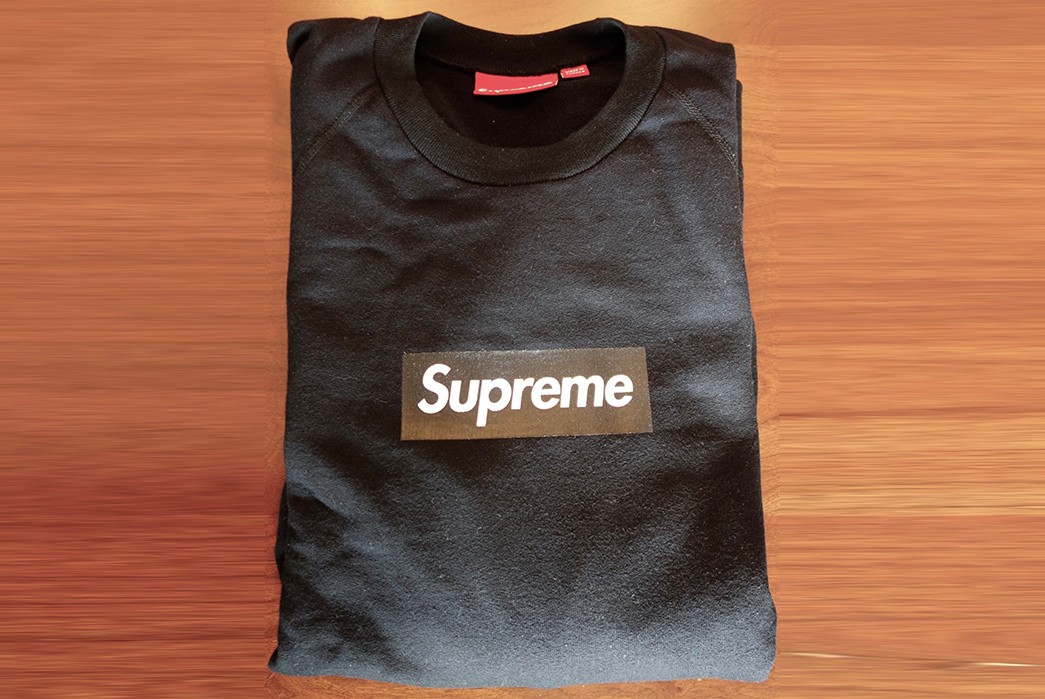
Fig 7 – Supreme Box Logo
Not that this dissuades me from continuing to wear it, or anything else Supreme-related. I imagine it looks just as natural on me as anything else I have. There’s a pretty substantial part of my wardrobe that’s filled with pieces that I just fall in love with to such a degree that I feel a need to own it (and yes, I know that is slightly crazy, and not at all responsible). And the way I was raised, there’s no point in owning something if you don’t plan to use it.
So for these pieces, I’m often thinking of opportunities to wear them. A holiday office party can be a perfect setting for a jacquard embroidered wool tuxedo jacket and a pop-up store party the place I can wear a pointedly long t-shirt and sort-of-cape. I also have part of a closet rail dedicated to simple pants in neutral colors, and wrinkle-free slim fit button down shirts, for those days at work when I’d prefer people not notice what I wear.
Whatever I leave the house in, it’s always me and I seldom give it another thought once I go through the door—whether I’m going stealth mode or in a fit of fanciful expression. The way I’ve come to think of it is this: if I’m wearing it and I believe in it, it’s me. And who else knows who I am better than me?
I can’t account for my friend at the pop-up store, but my guess would be that he, like Ridington, is most comfortable with a consistent appearance. And I’m certain he meant his comment in the most generous way possible—an appreciation for both the piece, and its wearer, all the while saying “that’s not me.” And it’s that last part, I think, that’s key to pulling something off. It has to be you.
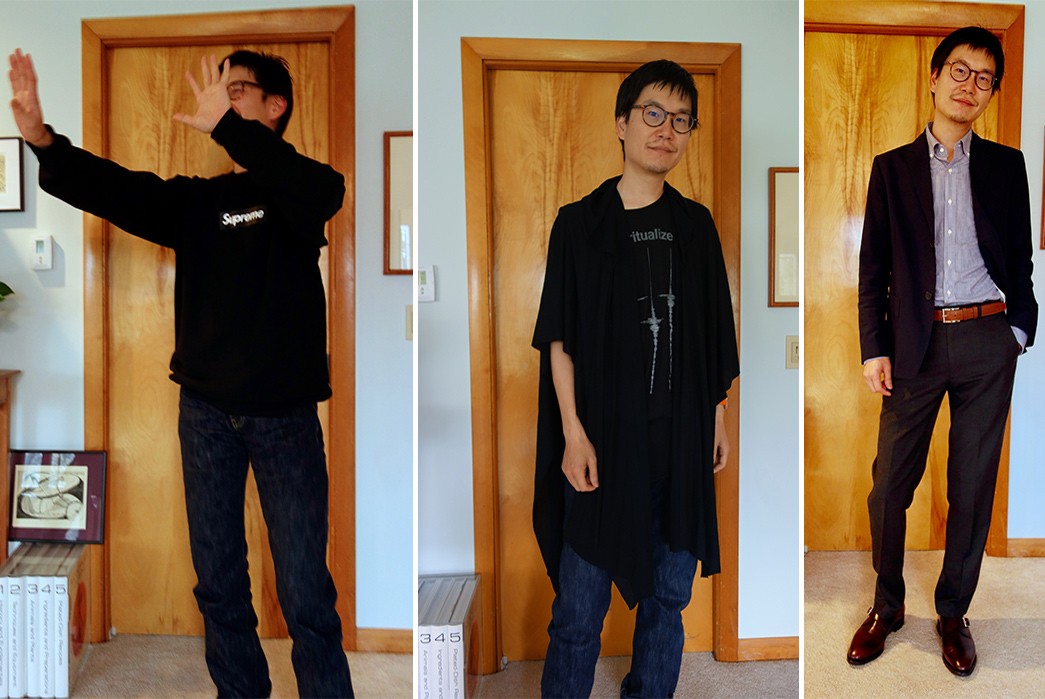
Fig 8 – Me, Myself, and I
Epilogue
But this whole piece is, in a large way, the result of an incredible privilege I have to wear what I want. At the upper limit of the worst things that could happen, someone will make a snide comment that I can choose to ignore. There are certainly those of us whose daily choices of what to wear are complicated by society’s attitude towards their identity and/or gender. So be strong and be safe.
This piece is for my father.




